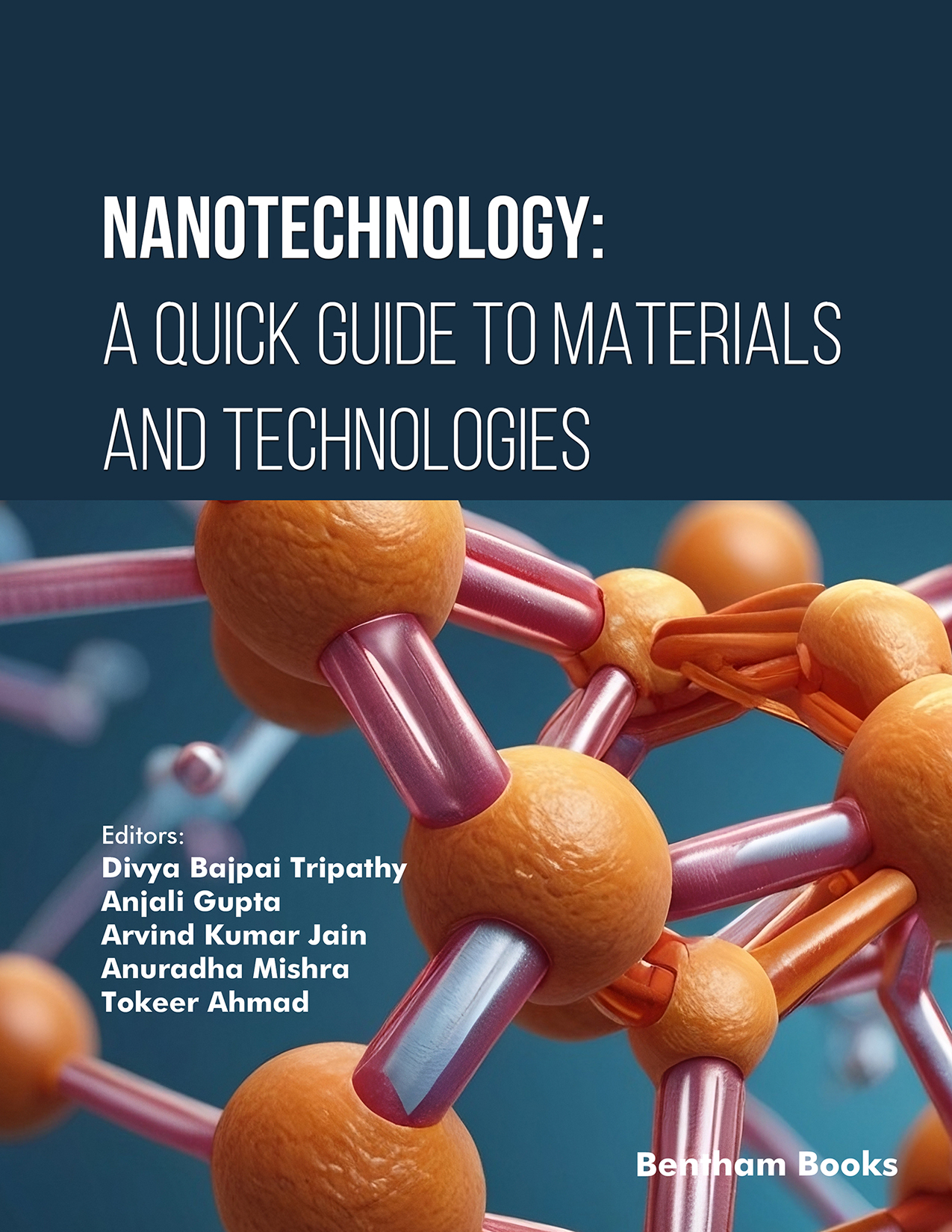“Nanotechnology: A Quick Guide to Materials and Technology,” is a comprehensive compendium that offers a concise yet insightful exploration of the fascinating world of nanomaterials and their diverse applications in smart devices, renewable energy, environmental sustainability, and beyond.
The rapid advancements in science and technology have revolutionized our lives, and materials play a fundamental role in driving these innovations forward. Nanomaterials, in particular, have emerged as key enablers of groundbreaking technologies due to their unique properties and versatility. This guide aims to provide a succinct overview of various nanomaterials and their remarkable applications, offering a valuable resource for both experts and newcomers seeking to understand the impact of nanotechnology on modern-day advancements.
Chapter 1 embarks on a journey through the realm of smart devices, exploring how nanomaterials are at the heart of these revolutionary technologies. From enhancing electronic components to improving energy efficiency, nanomaterials have unlocked new dimensions in the design and functionality of smart devices.
Chapter 2 delves into the world of semiconductor nanomaterials, which form the backbone of modern electronics. We investigate the unique properties of these materials, which have propelled the semiconductor industry to new heights and paved the way for quantum computing and other cutting-edge technologies.
Chapter 3 focuses on the fascinating field of photocatalysis, where nanomaterials display exceptional prowess. By harnessing the power of light, these materials can drive chemical reactions for environmental remediation, energy conversion, and much more, contributing to a cleaner and greener future.
Chapter 4 takes a closer look at polymer nanomaterials and their remarkable applications in a wide range of industries, from flexible electronics to biomedical devices, demonstrating their immense potential for shaping the technologies of tomorrow.
Chapter 5 unveils the realm of nano-catalysis, where nanomaterials act as catalytic agents with superior efficiency and selectivity, promising transformative solutions for cleaner and more sustainable chemical processes.
Chapter 6 explores the exciting world of carbon nanomaterials, such as carbon nanotubes and graphene, showcasing their extraordinary electrical, mechanical, and thermal properties that have sparked a revolution in various applications, from electronics to advanced composites.
In Chapter 7, the significance of modeling and simulation in understanding nanomaterial behaviour is discussed. The chapter provides a glimpse into the advanced techniques that underpin the design and optimization of nanotechnologies.
Chapter 8 focuses on the vital role of nanomaterials in photovoltaic applications, where they drive innovations in solar energy conversion, increasing efficiency and sustainability in our pursuit of cleaner energy sources.
Chapter 9 examines the critical role of nanomaterials in water purification, addressing the pressing global challenges of water scarcity and pollution, and offering promising solutions for access to clean and safe drinking water.
Chapter 10 explores the synergy between rare earth materials and nanotechnology, illuminating their importance in photovoltaic applications and their potential to revolutionize renewable energy technologies.
Chapter 11 showcases the fascinating realm of nanomaterials in sensing applications, enabling the creation of highly sensitive and selective sensors for monitoring environmental conditions, health parameters, and much more.
Chapter 12 unveils the innovative applications of ion beams in nanostructure development, pushing the boundaries of nanotechnology and paving the way for groundbreaking discoveries.
In Chapter 13, the realm of environmental remediation has been discussed, where nanomaterials offer ingenious solutions for mitigating pollution and addressing environmental challenges in a sustainable manner.
Chapter 14 brings us to the realm of Nano lubricants, which promise enhanced efficiency and reduced energy consumption in mechanical systems, leading to greener and more sustainable industrial practices.
This guide aims to provide readers with a concise yet comprehensive understanding of the diverse applications of nanomaterials and the significant impact they have on modern technologies. We hope that this quick guide will serve as a valuable resource for students, researchers, engineers, and anyone eager to explore the dynamic and transformative world of nanotechnology.
Divya Bajpai Tripathy
Department of Chemistry
School of Basic and Applied Sciences
Galgotias University, Greater Noida, India
Anjali Gupta
Department of Chemistry
School of Basic and Applied Sciences
Galgotias University, Greater Noida, India
Arvind Kumar Jain
Department of Chemistry
School of Basic and Applied Sciences
Galgotias University, Greater Noida, India
Anuradha Mishra
Department of Applied Chemistry
School of Vocational Studies and Applied Sciences
Gautam Buddha University
Greater Noida, India
&
Tokeer Ahmad
Department of Chemistry
Jamia Millia Islamia
New Delhi, India

